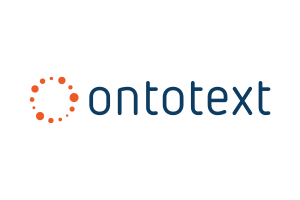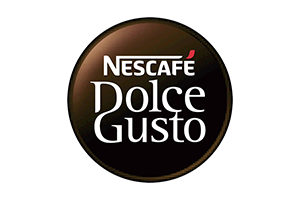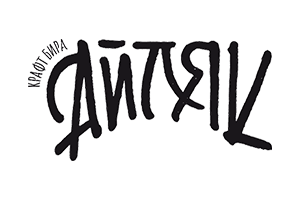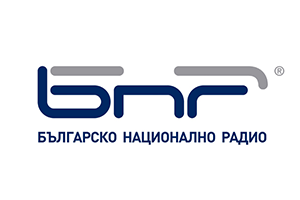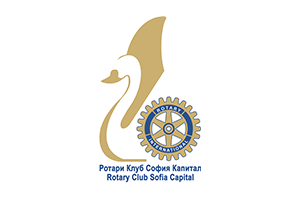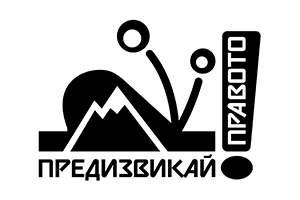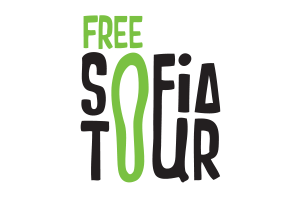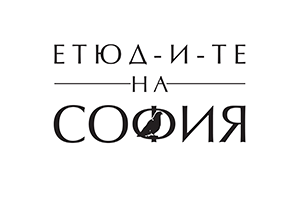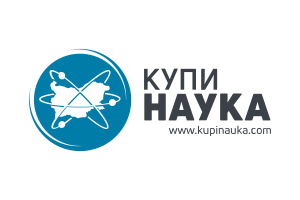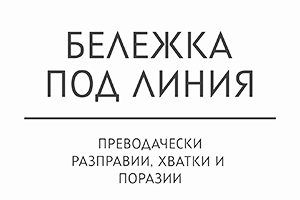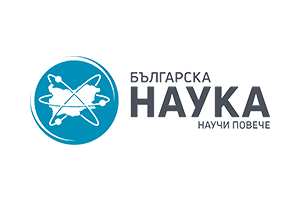
FOR
UM
SOFIA TECH PARK
The autumn edition of the Ratio Science Forum is coming on November 19 at Sofia Tech Park.
Get ready for a full day of mind-blowing science facts and awesome innovations – all presented in a way accessible to all. You’ll also see demos, exhibits, and other surprises.
Be part of our science adventure!
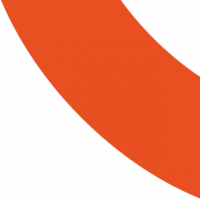
From the depths of the human brain to the wonderful world of insects, the Ratio Forum will introduce you to a variety of amazing scientific topics. The program includes four main themes that will be presented by world-renowned scientists and visual artists inspired by science.
All talks will be conducted in English.
The Inside Out of Flies
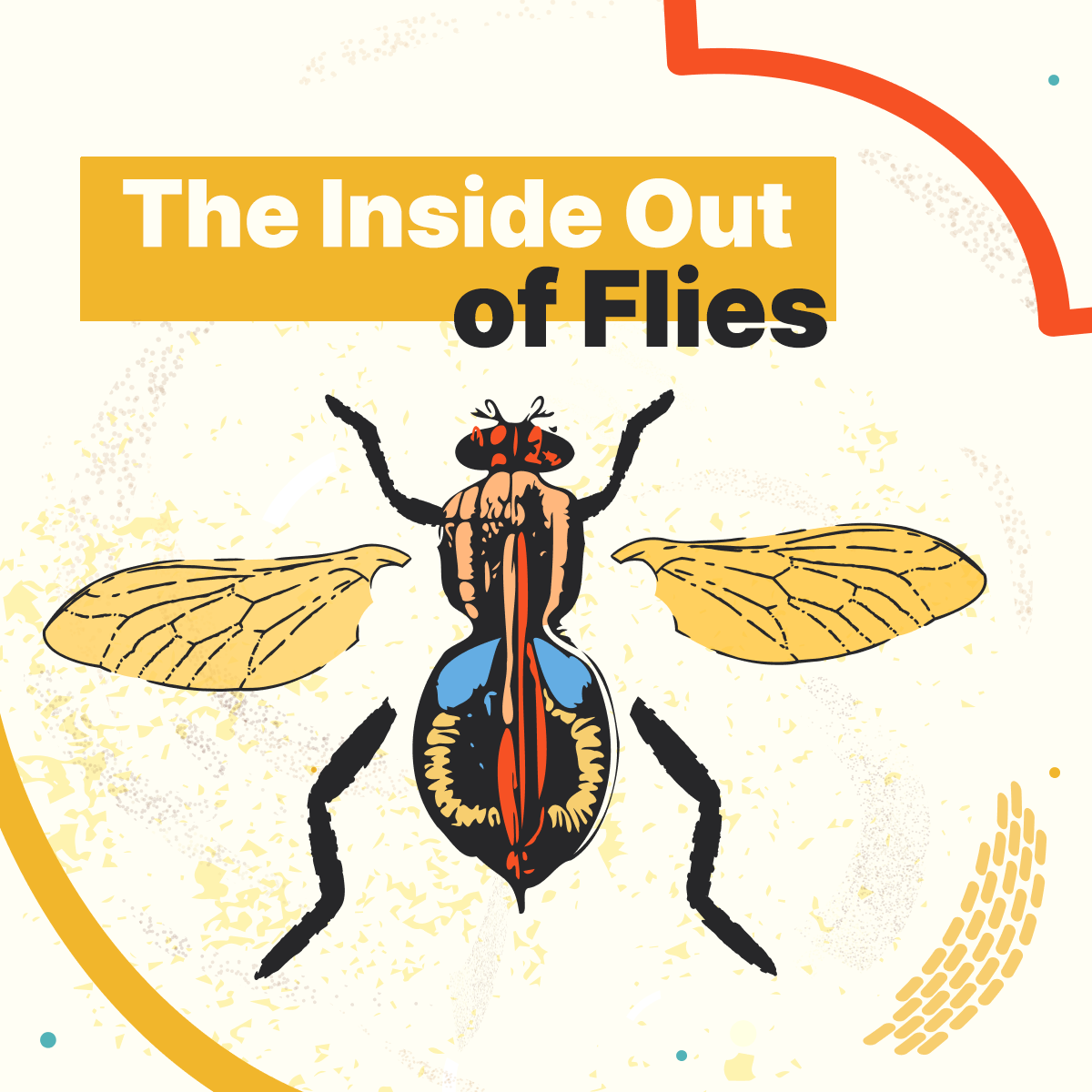
In this talk, Erica McAlister reveals the engineering miracles embodied in different species of fly and some of the fascinating implications they hold for human technology.
Her presentation explores the biology of the flies, arguably the most distrusted creatures on the planet by the public, but some of the most important creatures in understanding us and the world around us.
Erica hopes to highlight not only their ecological importance, e.g. in pollination and decomposition, but also how their morphology has enabled them to be some of the most vital species for these processes. From their elongated mouthparts, to their ability to hover, and their amazing adaptability to new habitats, flies dominate the planet and are an essential, but neglected part of it. You will never look at flies the same way you did before!
Temperamental Teenage Stars Creating and Destroying Alien Life
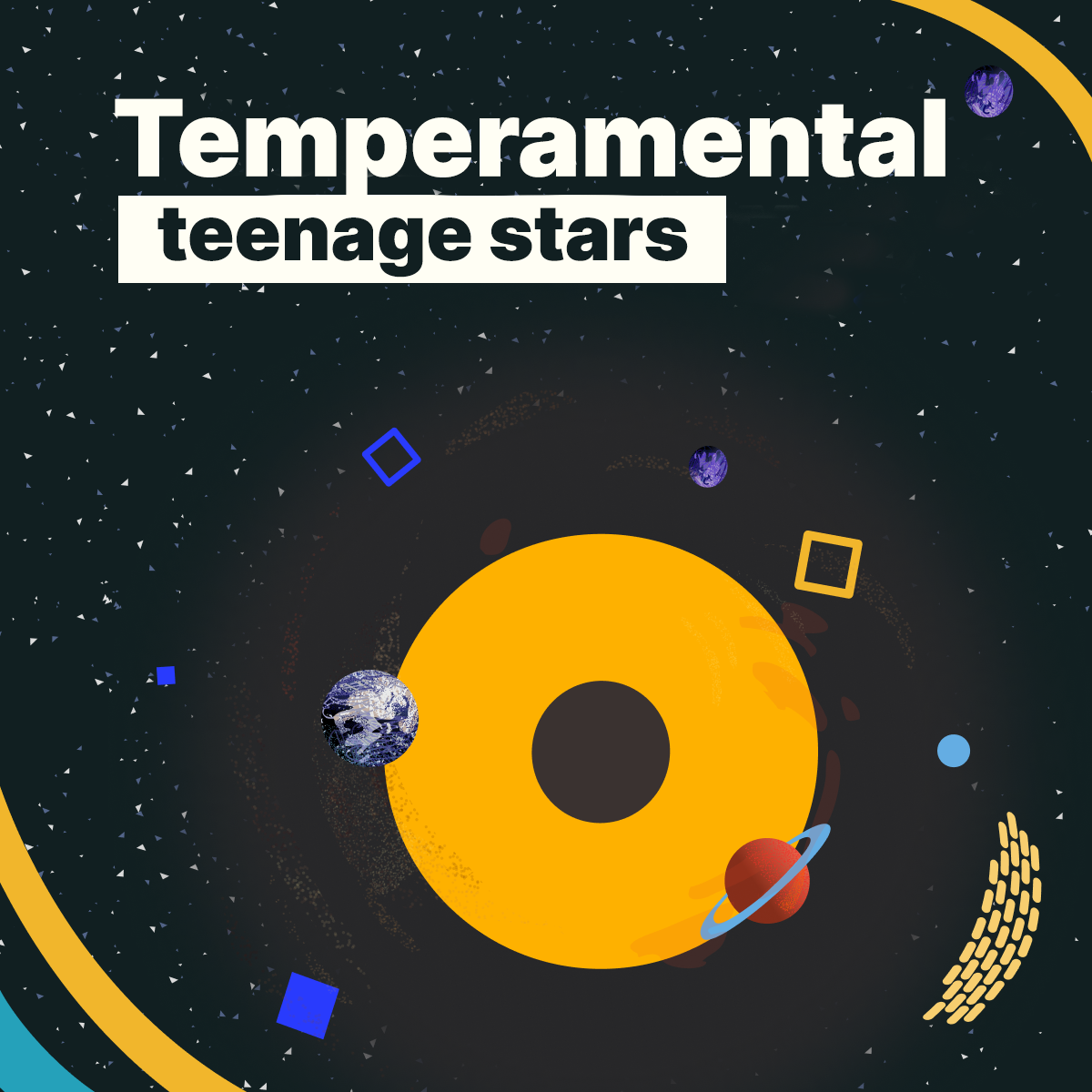
Unstable, erratic, impulsive. What sounds like a teenage love story, may just be what life needs. Chaos and wild energy are crucial to trigger chemistry that evolves a primordial soup into RNA. But how can life arise, look like, and survive on these diverse worlds?
Life needs chaos. Lightning strikes, volcanos, or hydrothermal vents could cause it – but the most obvious sources are the fiery gas balls, the stars themselves. Just like teenagers on their first high school trip, adolescent stars vomit all over their planets on a daily basis (with XUV radiation and charged particles). We call these massive events “flares”. And they are a double-edged sword: too much flaring will blow off exoplanets’ atmospheres, sterilise their surfaces, and absolute exterminate any alien biology.
Max will tell you the story of thousands of new worlds and millions of temperamental teenage stars!
Universal Questions: How We Measure what We Can’t See

Ever since the historical experiments of Zog in 200012 BCE, human beings have been on a quest to understand our universe. Her discovery, that rocks are made up of smaller rocks, was truly ground breaking, and today – a short time later – scientists at the Large Hadron Collider (LHC) at CERN follow in her footsteps, smashing together protons to find out what’s inside.
This process allows us to better understand the world around us and to answer some of humanities most profound questions: Where did we come from? What are we made of? Where are we going? And Will there be drinks after this talk? Join Dr. Steven Goldfarb, a physicist from the ATLAS Experiment at CERN, as he presents results from the international collaborations of the LHC and discusses new plans for higher energy machines in the future. Ask him a few profound questions of your own.
The Art and Science of Art and Science
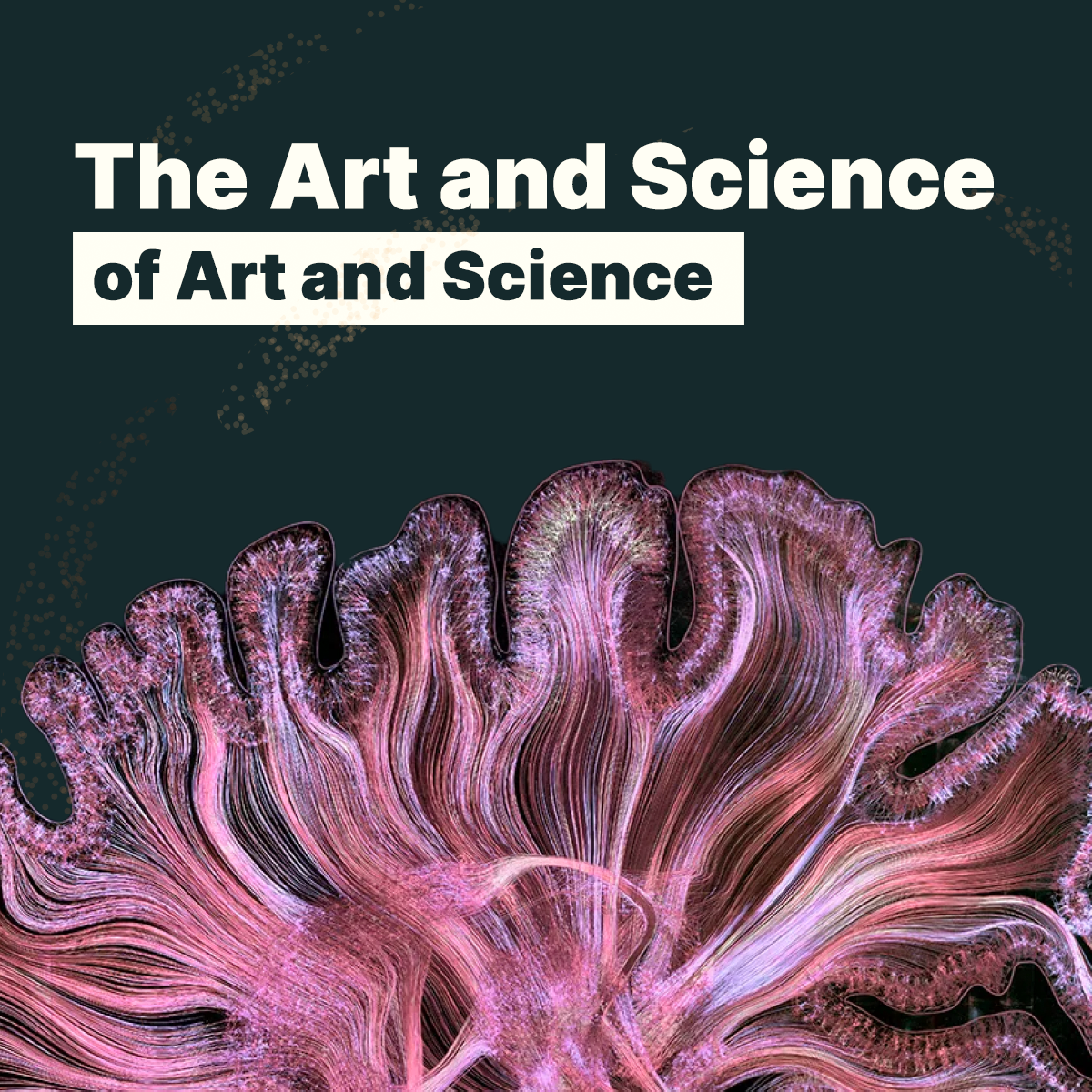
We tend to believe art and science are at odds, but that’s rarely true. Actually, they play together and collaborate to give birth to amazing new cross-disciplinary projects.
Meet a neuroscientist who turns to art to present our brain’s work. And meet a photographer who uses x-rays to show us the invisible. They will show us their work at Ratio – and they will also talk about it on stage.
We’ll discuss what is the intrinsic scientific value of artistic representations, we’ll argue how far does artistic freedom go when it comes to “science-based art” and we’ll take a look at the different permutations of creativity in the art and science worlds. We’ll also touch on AI Art, how new technologies are changing the art-world and will robots replace artists.
At Ratio, the action doesn’t happen just on stage. We’ll feature two exhibits that will surprise and inspire you.
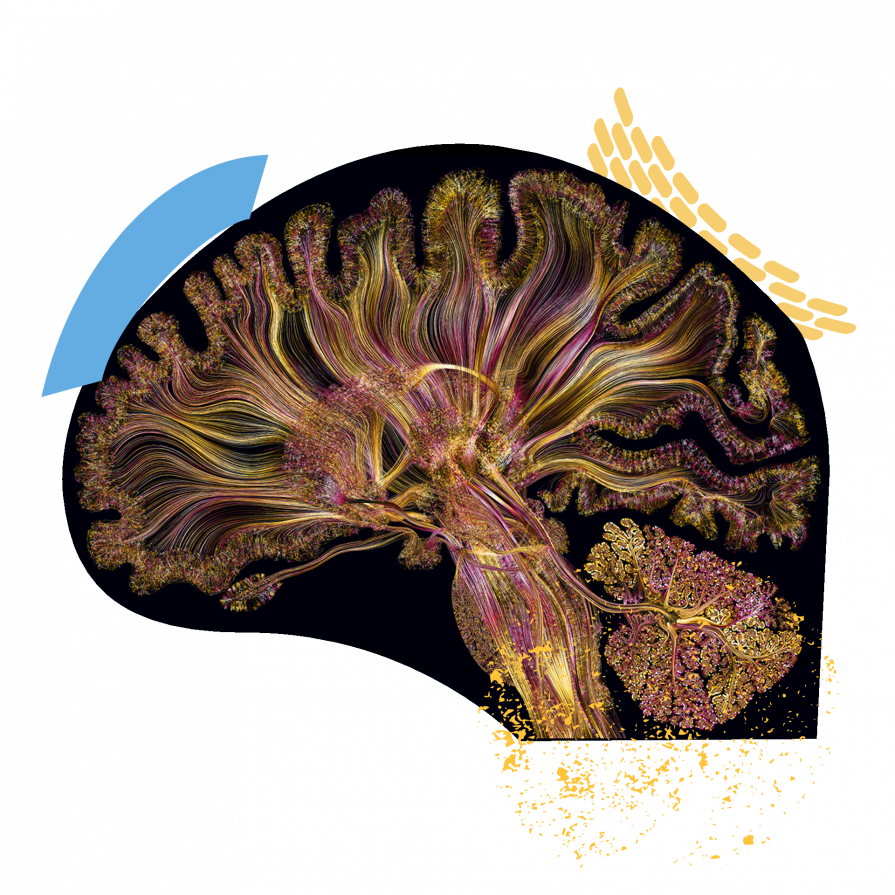
Greg Dunn shows us the brain
The artworks of Greg Dunn represent an intricate artistic and scientific depiction of the human brain. To integrate art and science, Greg – a neuroscientist himself – works with a team of artists, scientists, neurologists, optic and electrical engineers.
Delicate metal fibers reflect light in ways that mimic our brain neurons’ actions and the flow of impulses. They show how the brain cortex works, how complex or hippocampus is, what happens during meditative practices and how or neural impulses travel.
The centerpiece of the exhibit entitled ‘Self-Reflected’ depicts the work of more than 500 000 neurons that fire in concert. The activity represented is actually the brain reacting to a piece of art.
Hugh Turvey shows us 'xograms'
Photography shows us what objects look like on the surface. Hugh Turvey’s work dives deeper. The use of x-rays enables the artist to create a different point of view towards everyday objects and animals, transforming the banal into something remarkable.
Everyone will find something for themselves. Those more prone to philosophical discussions will see these photographs as an counterpoint to our addiction to surface-level impressions. Those interested in technology will appreciate the mastery required to use interference, reflection and focus in order to create a photograph that depicts the essential.
No matter which camp you subscribe to, Hugh’s ‘xograms’ are something else!
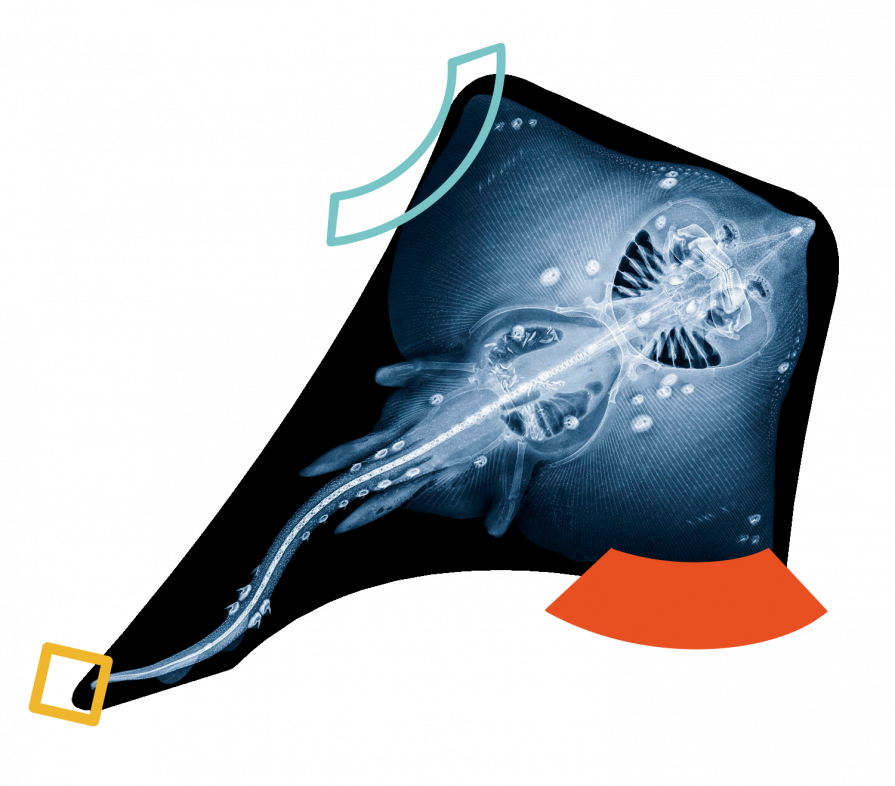

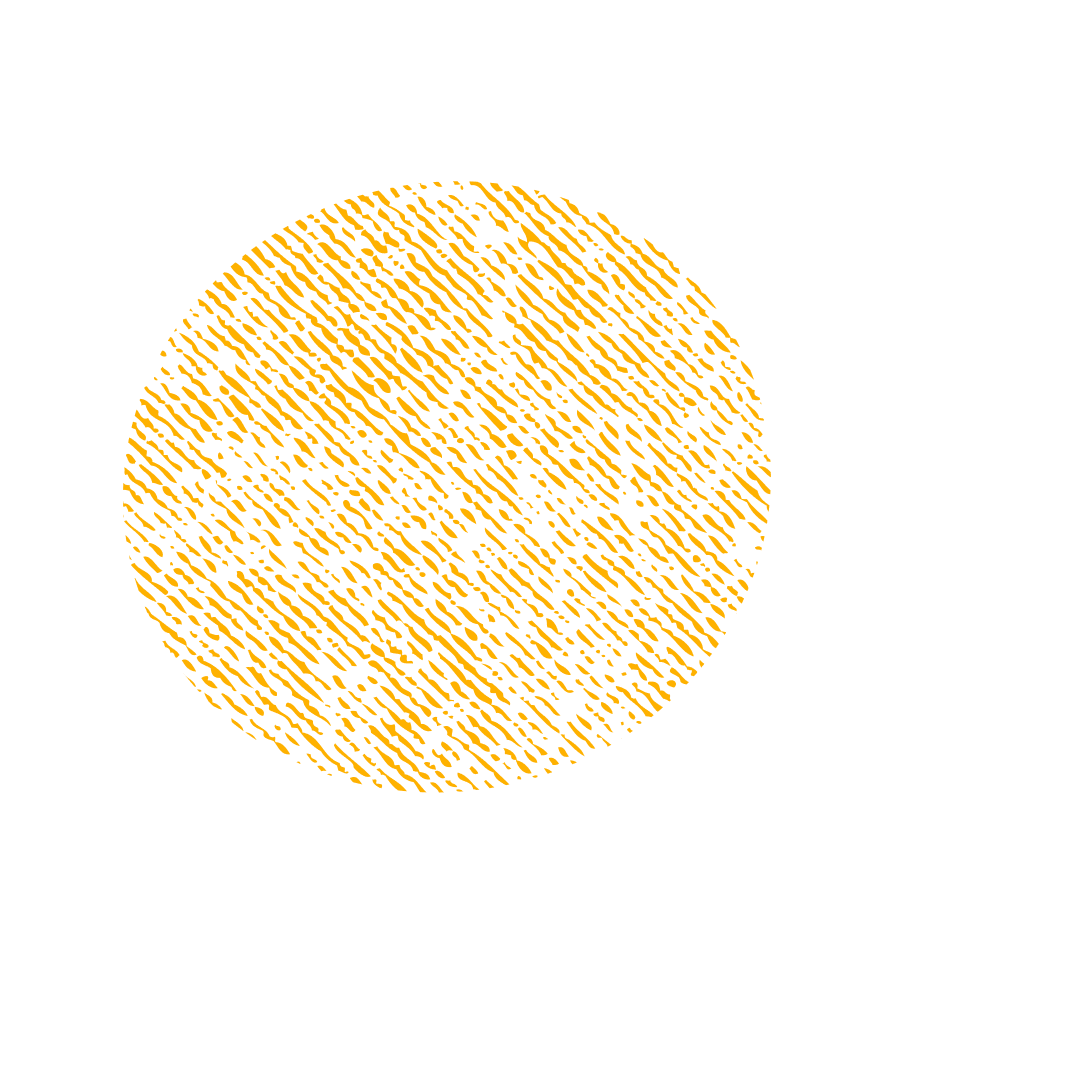
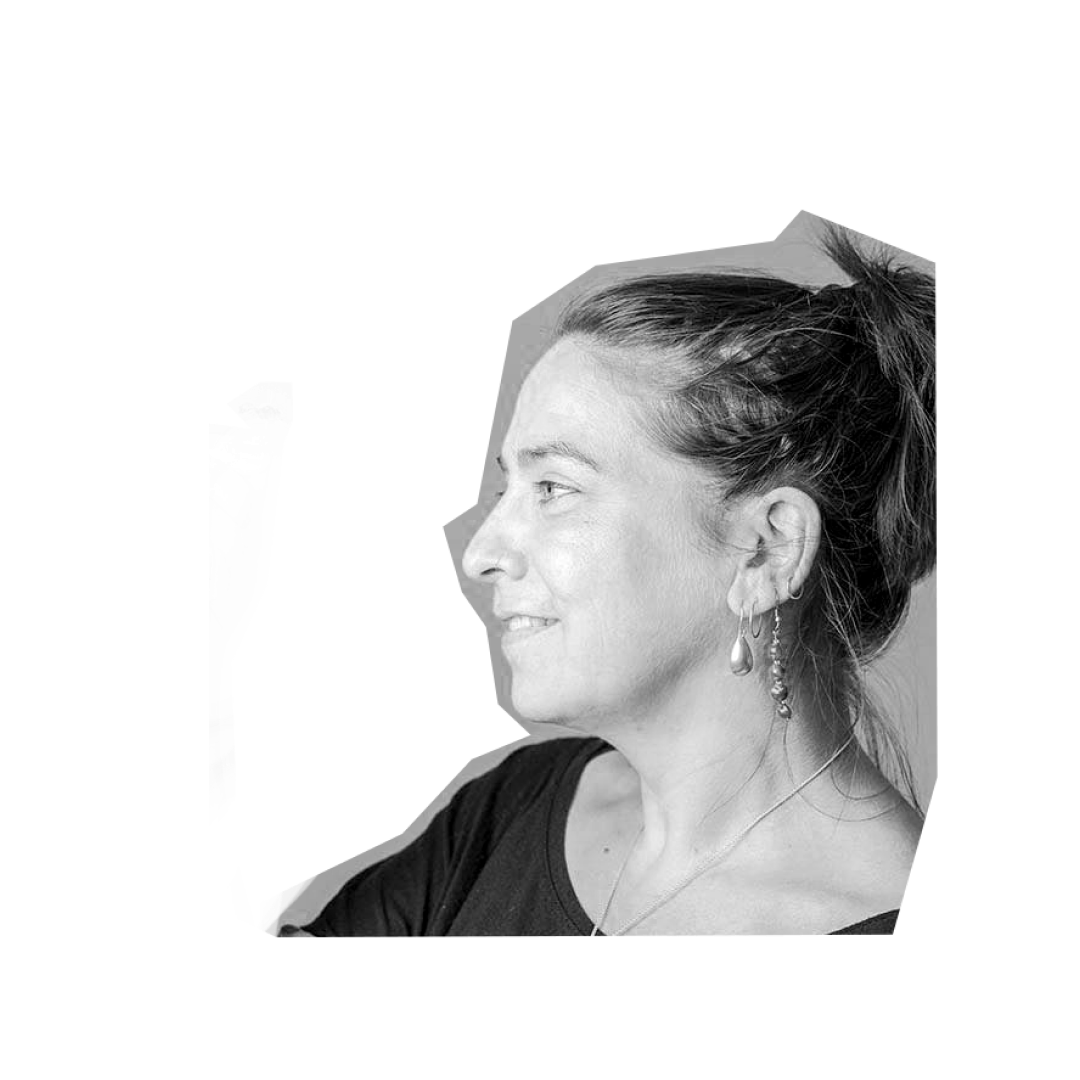
Erica McAlister
Dr. Erica McAlister studied Applied Environmental Biology at the University of Manchester. While there, she worked at the Institute of Terrestrial Biology, and then got an appointment with the University of Adelaide to work with colonies of ants in the South Australian wasteland. She also holds a PhD in Environmental Entomology from Wetlands at the University of Rohampton, London. She heads the Dipterists Forum at the British Entomological Society.
Meanwhile, Erica is involved in communicating science and research at the museum, and is frequently featured on TV, radio, and various podcasts. She also lectures at science festivals, international fairs and events. In 2016, she published her first ever popular science book, The Secret Life of Flies, which gained international recognition and revealed surprising facts about these little insects. In 2020, she followed up with “The Inside Out of Flies” focusing on fly anatomy and biomechanics.
Maximilian Günther
Dr. Maximilian Günther is an exoplanet scientists and current European Space Agency (ESA) Research Fellow. There, he and his team focus on working with space missions, supported by telescopes in South American deserts and the Antarctic. But they also work with colleagues in chemistry and biology laboratories to unveil the most burning astrobiological questions – such as for the origin and prevalence of life on Earth and beyond. Dr. Günther was a Fellow at the Massachusetts Institute of Technology (MIT) from 2018 until 2021. He wrote his doctoral thesis on exoplanets in 2018 at the University of Cambridge under Nobel laureate Prof. Didier Queloz, the shared discoverer of the first exoplanet around a Sun-like star in 1995. Previously, Dr. Günther conducted research on Alzheimer’s disease in fruit flies at the University of Texas at Austin and on black holes at the University of Würzburg.

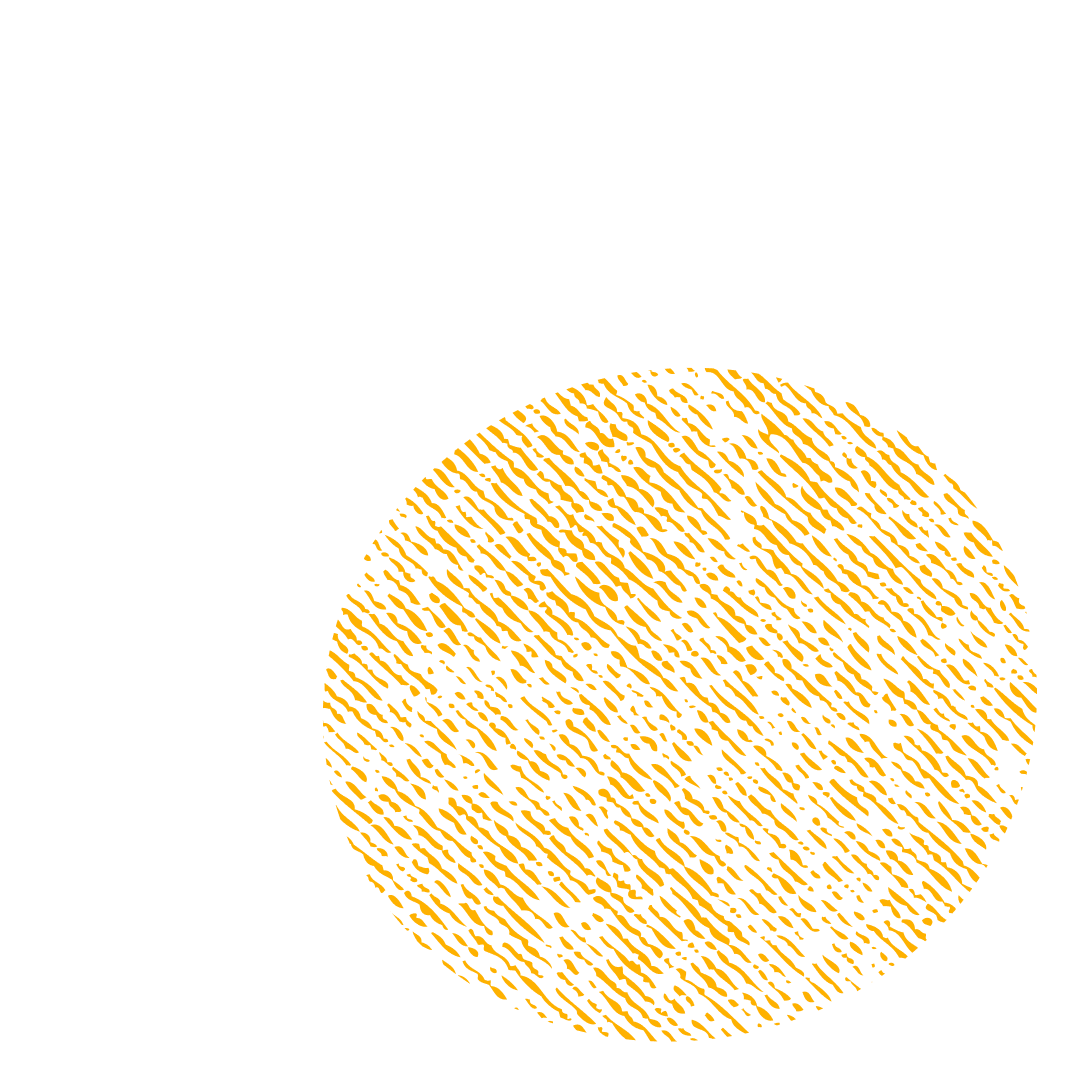
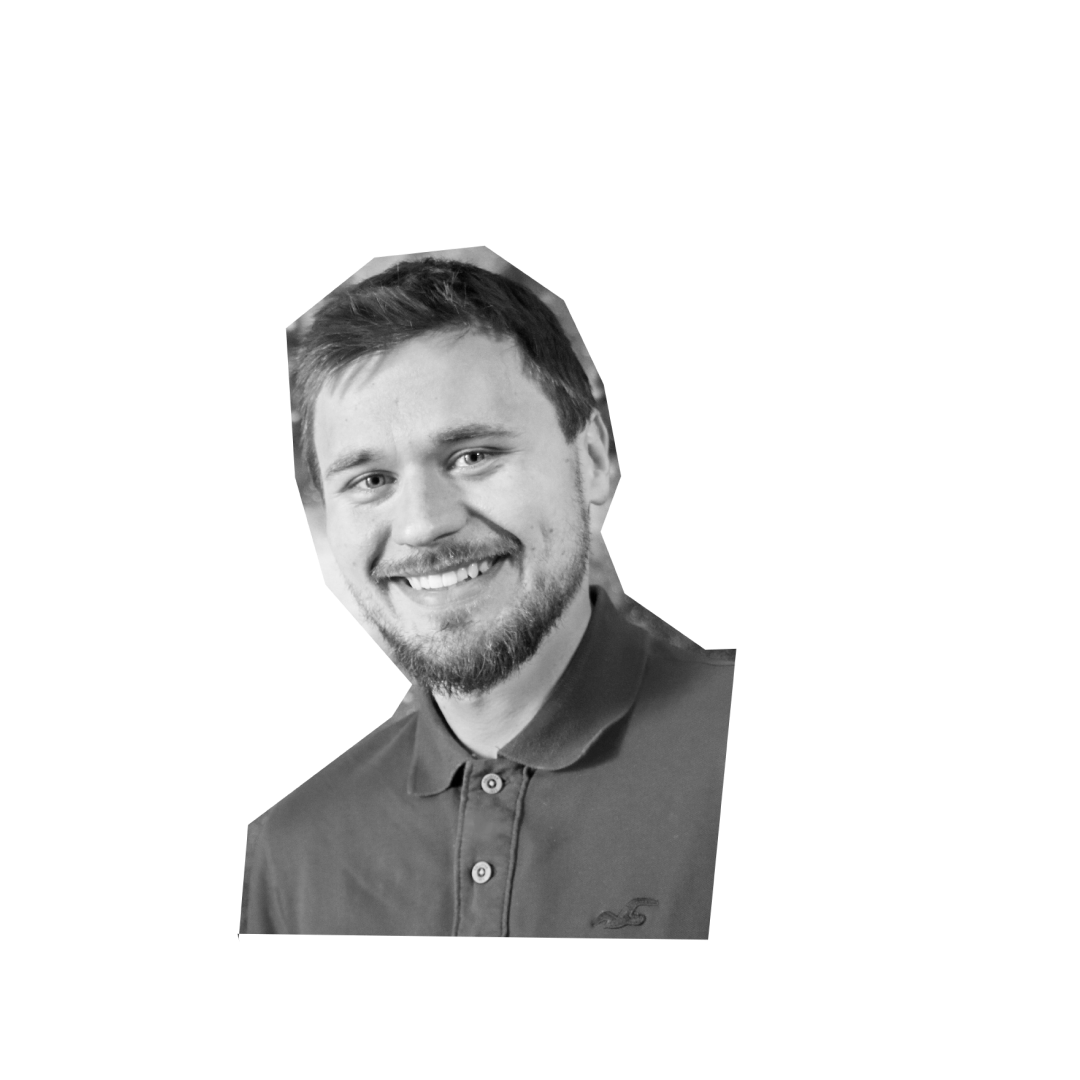

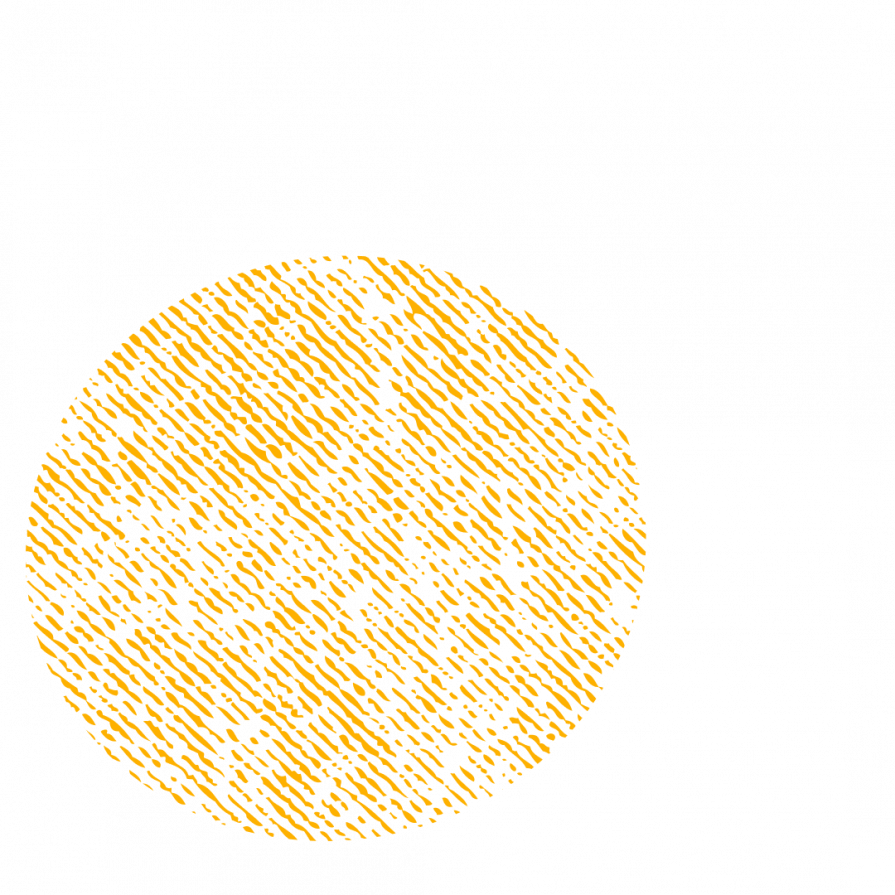
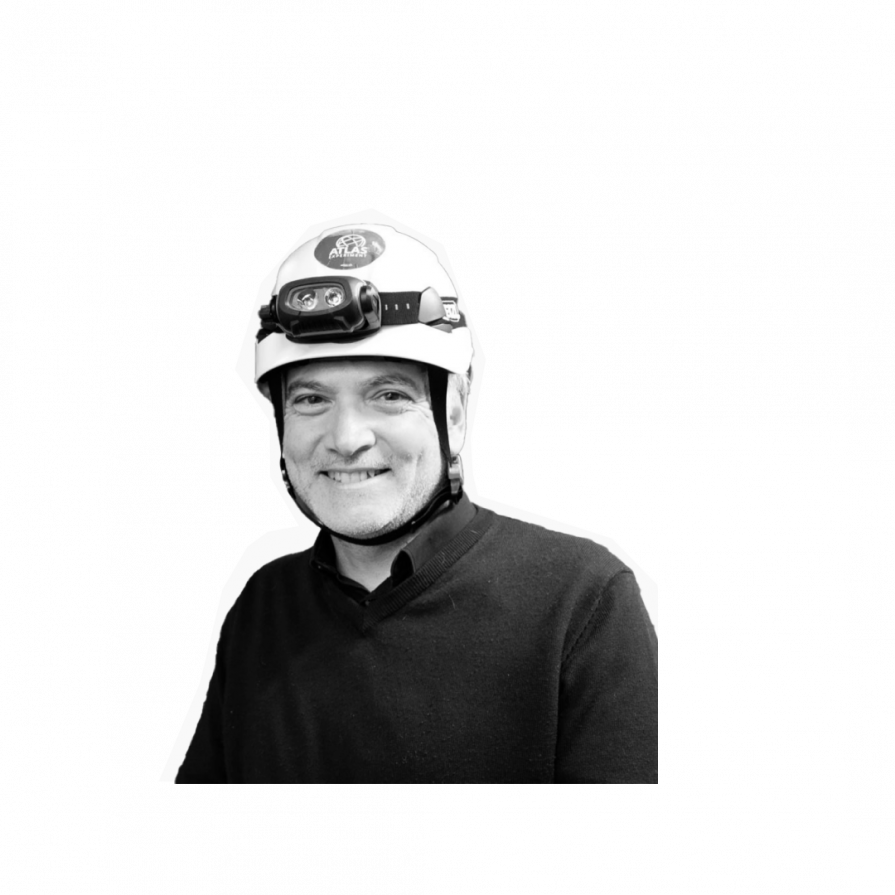
Steven Goldfarb
Steven Goldfarb is a particle physicist from the University of Melbourne working on the ATLAS Experiment at CERN. He has served as Muon Software Coordinator, Education & Outreach Coordinator, and contributed to early studies in the search for the Higgs boson. Steve currently chairs the International Particle Physics Outreach Group (IPPOG), coordinates University of Michigan undergraduate programs at CERN, is an American Physical Society Fellow and serves on the US-LHC Users Association Executive Committee. Steve frequently gives public talks on science, discovery and international collaboration, co-wrote a popular TED Ed video “The basics of the Higgs boson” and, most importantly, fronts the world-famous Canettes Blues Band.
Greg Dunn
Dr. Greg Dunn got his Ph.D. in neuroscence from the University of Pennsylvania. His artistic focus naturally evolves around the brain and consciousness. He has works in collections around the world including permanent installations at the Franklin Institute in Philadelphia, the Museum of Science in Boston, Caltech and Johns Hopkins Universities, and the Society for Neuroscience headquarters among many others.
His early work shows that neurons fit the style of Chinese and Japanese sumi-e scrolls. He focuses on work at the intersection of neuroscience, physics and biology. Together with Dr. Brian Edwards, Greg created the revolutionary technique called mirror microetching, that allows for ‘animations’ done with light. They simulate the activity of neurons in Greg’s art.


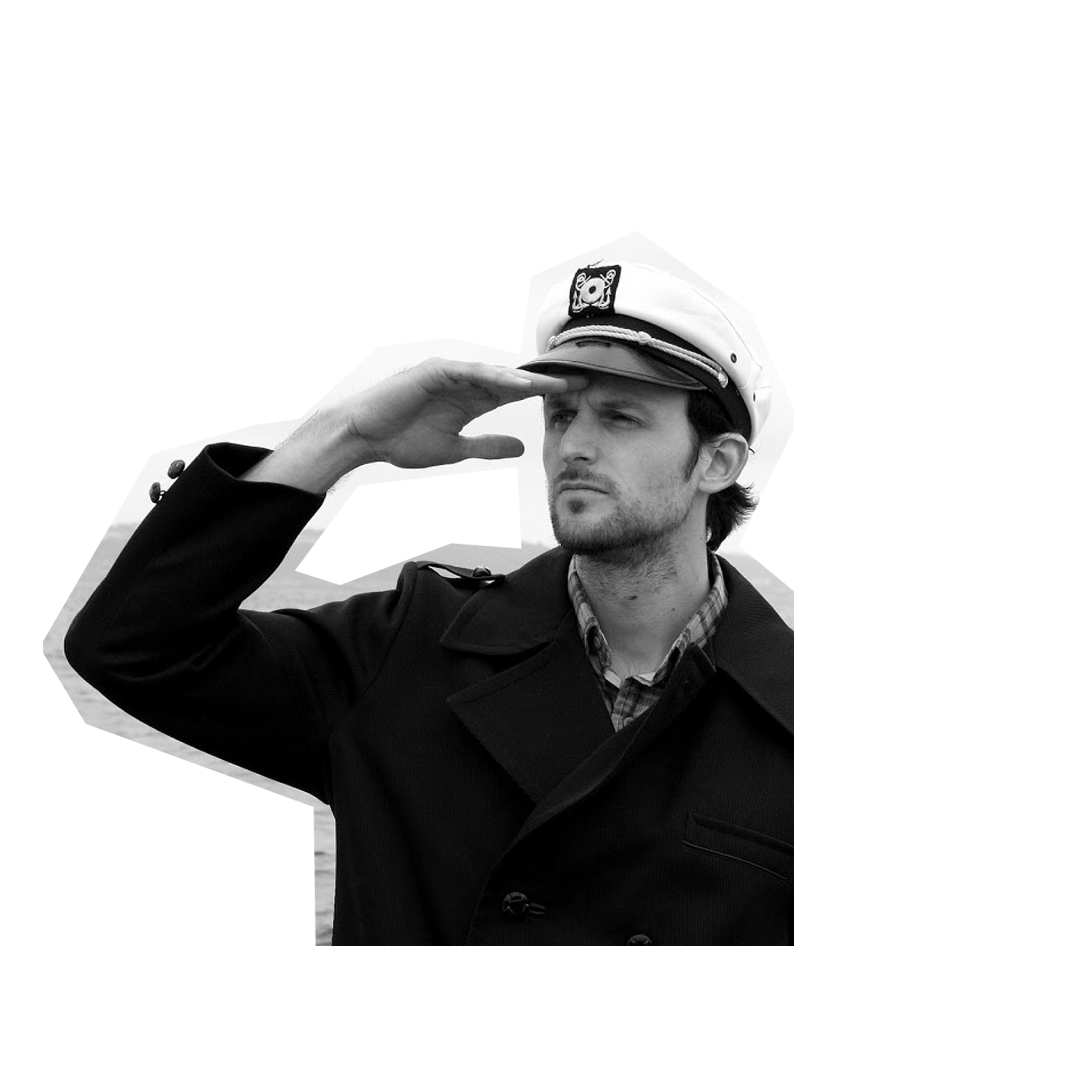


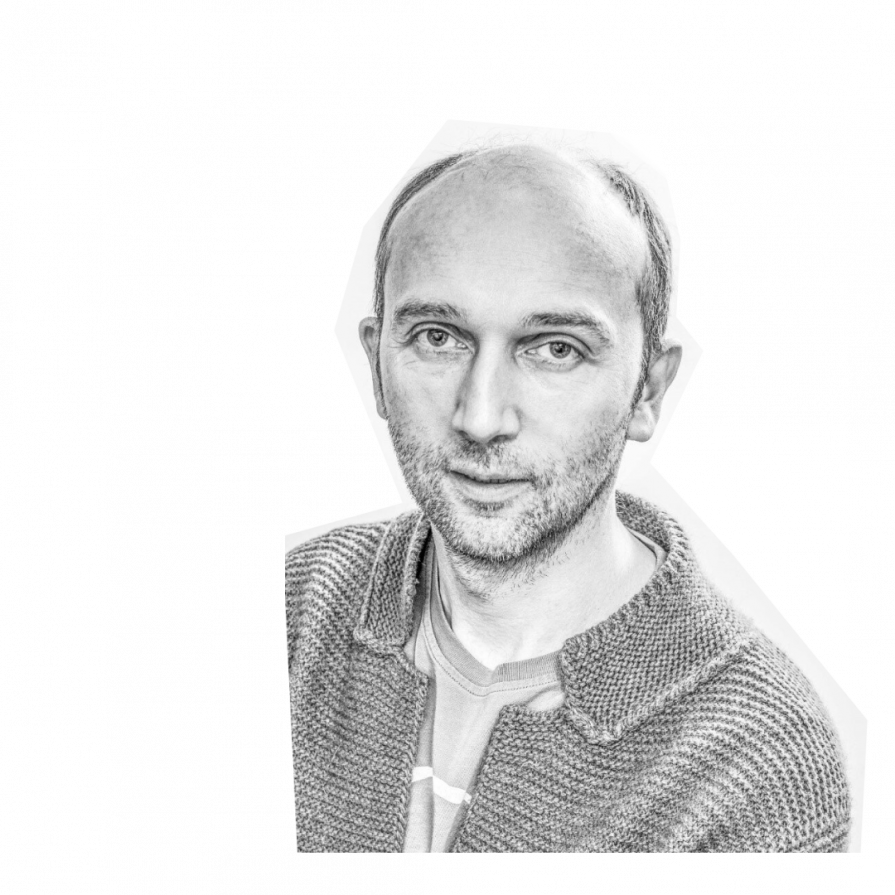
Hugh Turvey
Hugh Turvey is a disruptive artist whose work explores the liminal spaces between art and science. Hugh is a multidisciplined experimentalist and contemporary pioneer of the x-ray aesthetic.
In 2009, Hugh was appointed the first Artist in Residence for The British Institute of Radiology UK, since its inauguration in 1924 and Royal Charter granted by Her Majesty the Queen in 1958. In 2014, Hugh was awarded a Royal Photographic Society Honorary Fellowship, in recognition of his innovative imaging work and its role to promote public scientific engagement.
Hugh works with x-ray photographic techniques that produce images without a camera. By placing objects directly onto the surface of a photo-sensitive material and exposing it to x-ray ‘light’, a silhouette of the object is created on the material.
| Time | Topic |
|---|---|
| 10:00-10:45 | Registration |
| 10:45-11:00 | Opening |
| 11:00-11:45 | Maximilian Günther: Temperamental Teenage Stars |
| 11:45-12:10 | Coffee break |
| 12:10-13:10 | Greg Dunn and Hugh Turvey: The Art and Science... of Art and Science |
| 13:10-14:00 | Lunch break |
| 14:00-14:45 | Erica McAlister: The Inside Out of Flies |
| 14:45-15:10 | Coffee break |
| 15:10-15:55 | Steven Goldfarb: Universal Questions |
| 15:55-16:20 | Coffee break |
| 16:20-17:20 | Questions and answers from the audience |
| 17:20-17:30 | Closing |
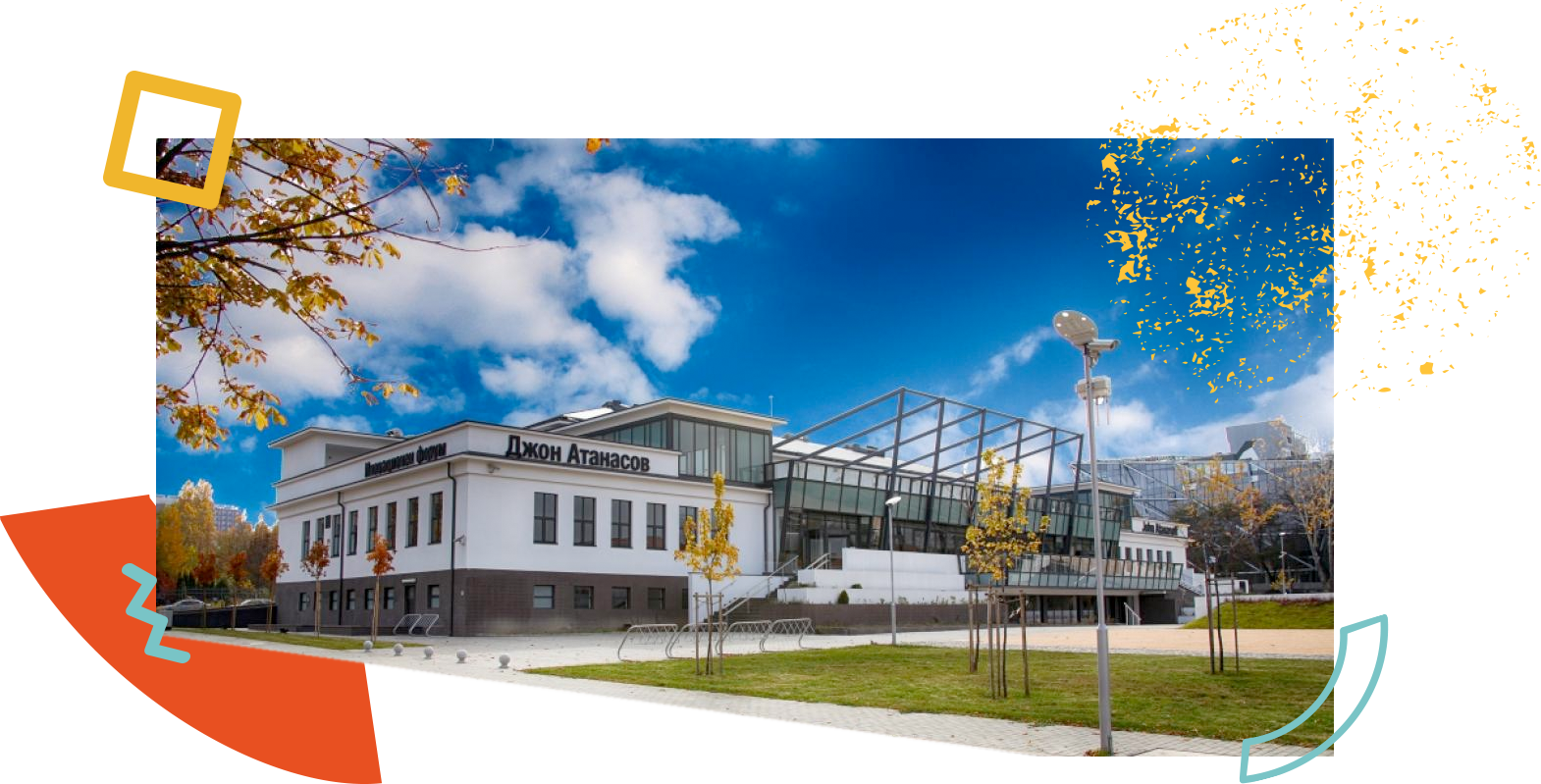
We’re looking forward to seeing you at Sofia Tech Park!
Getting there
Public transport
- Coming from the city center, take busses 306, 184 and 84, trolleys 5 and 8 – you’ll need the “Sofia Tech Park” stop.
- Coming from Mladost, take busses 1, 3, 5 and 6 – you’ll need the “Sofia Tech Park” stop.
- In both directions, you can use busses 1, 3, 5, 6, 280, 294, 305 and 306 and trolleys 4, 5, 8, and 11, and get off at the “Aviation square” (“Ploshtad na aviatsiata”) stop.
By car
Sofia Tech Park has multi-level parking with a capacity of 500 places. Parking is paid, but there’s a new lower tariff on weekends – 1 lev for every 2 hours of your stay. The first 15 minutes are free of charge.
Although we have a full day packed with activities and interesting talks, you can join us later, too. The registration is open throughout the whole day, so you can come whenever you like.
Although your ticket has your name on it, that is solely used for our administration. We don’t check names at the door, so you can give the ticket to another person and you don’t need to write to us to change it. For Concession tickets we will need to verify that the ticket carrier has active student rights or has a senior card.
No, you can just download your ticket on your mobile phone and let us scan the QR code at the entrance
Sofia Tech Park’s parking is paid, but there’s a new lower tarrif on weekends – 1 lev for every 2 hours of your stay. The first 15 minutes are free of charge. You will need to validate your parking ticket at the machines in the parking building and pay your parking fee before leaving.
Since the program spans several hours and most of it is happening inside, we will not be able to let in pets at the event.
Every ticket holder has access to a lunch pack provided by our partners from CoKitchen. There are vegetarian and vegan options, too. If you have other dietary requirements, please, ask the team at the lunch tables for the full list of ingredients. You can also grab a cup of coffee during our coffee breaks. Water will be available at the premises, too.
If you want to catch up on breakfast or satisfy your sweet tooth, we will have a stand with some pastries available for you to purchase. There will also be a beer bar from lunch time onwards.
The Ratio Forum is now over, but you can catch up with the talks. You can get our virtual ticket, and we’ll send you the recordings of all sessions about 10 days after the event.
If for whatever reason you are not able to afford a ticket to the event, drop us a line at info@ratio.bg and we will give you access to the talk recordings.


